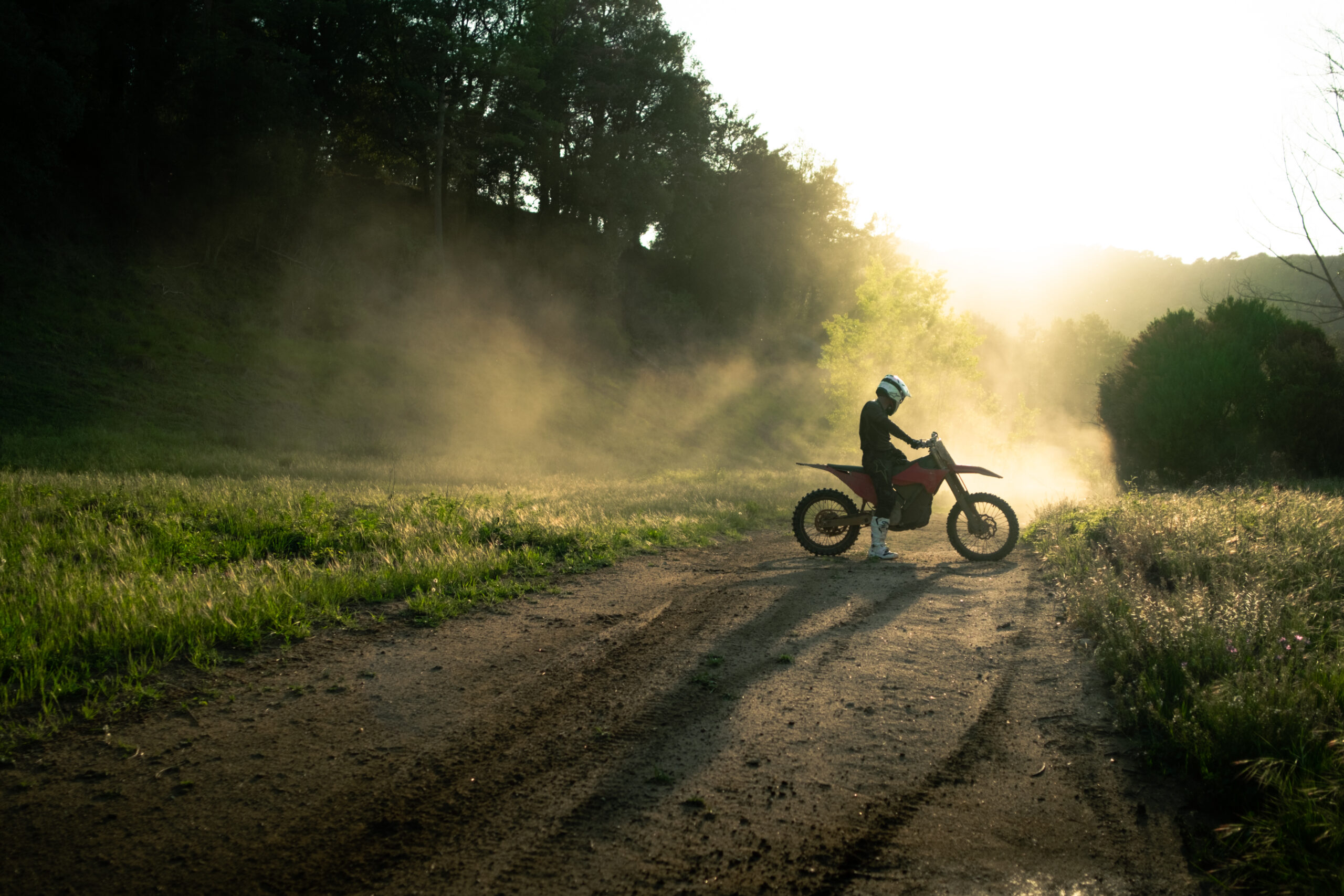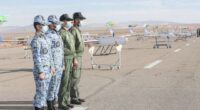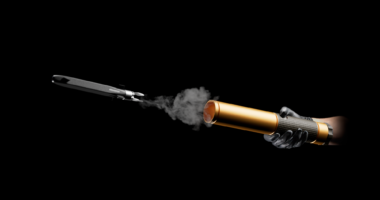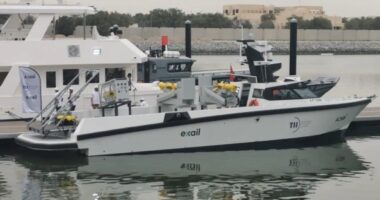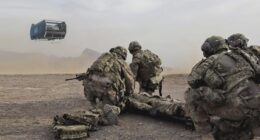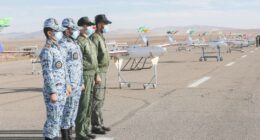When Anton Wass founded Stark Future, his goal wasn’t to break into the defense industry — it was to build a better motorcycle.
“We started this company to create an electric motorcycle that outperforms the best gas bikes in every category,” Wass said.
However, the unintended outcome of that mission, designing lightweight, silent, high-performance bikes, has increasingly attracted the attention of military and defense professionals around the world.
“We’ve had a lot of special operations personnel reach out and buy bikes specifically for that purpose,” Wass said. “They’re already using motorcycles, but this one is lightweight, powerful, silent, and leaves no heat signature.”
According to Wass, the combination of speed, stealth, and off-road capability makes the company’s VARG line of electric off-road motorcycles a compelling option for tactical mobility.
“There’s no faster way to move through difficult terrain than with this kind of bike, and now you can do it without making noise or being seen on infrared.”
In this episode of Defense Disruptors, we talk to Wass about how a civilian tech firm ended up developing a defense-ready vehicle and how dual-use innovation is shaping the company’s future as more than just a motorcycle maker.

Are you building game-changing tech for defense? 💪
We’re always looking to feature innovators pushing the boundaries in autonomy, AI, energy, and beyond. If your company belongs in the Defense Disruptors spotlight, get in touch with us here.
A Tactical Edge
As defense interest grew, Stark Future began customizing bikes for military use under the defense-focused “VARG Skugga” version.
Wass emphasized the simplicity and ease-of-use of the vehicle, claiming that “anyone who can ride a bicycle can ride this bike. There are no gears, no clutch. It’s fully automatic.”
For defense units that can’t afford lengthy training cycles, this accessibility has proven to be a major advantage.
The bike’s resilience also stands out. “It’s fully waterproof,” Wass noted. “You can drop it in a river, pick it up, and keep riding. Try doing that with a gas bike.”
Other features include the ability to function as a portable power source for radios, sensors, or other field electronics.
The bike’s battery system, which Wass said may be “the most energy-dense in the world,” allows for a range of up to 130 kilometers (81 miles) in challenging terrain.

From Racing Tracks to the Battlefield
Stark Future’s entry into the defense sector coincides with a broader shift in military investment trends. As geopolitical tensions rise and the role of electric and unmanned systems expands, venture capital is increasingly flowing into defense-focused startups.
Wass acknowledged this shift but said his company has not yet received direct investment from military institutions. “We have a 40-million euro loan from the European Investment Bank, but it’s not tied to defense,” he said. “We only just publicly revealed the defense product in February.”
Still, the company’s orientation is clearly aligned with dual-use innovation.
“We’re not a motorcycle company, we’re a technology company,” Wass said. Of the firm’s roughly 300 employees, half work in production and half in the office. “But within the office, about 85 people are in R&D,” he noted. “That’s almost two-thirds of our white-collar team focused on innovation.”
According to Wass, Stark Future holds 10 patents related to the motorcycle’s design, including innovations in battery integration, power converters, and mechanical components. “We love figuring out how to do things better. That’s in our DNA.”
Philosophy Behind the Brand
The company’s name, “Stark Future,” reflects Wass’s ambitions. “Stark means ‘strong’ in Swedish, so it’s really ‘Strong Future,’” he explained.
The VARG name (Swedish for wolf) symbolizes strength and dominance in rugged terrain. The company’s gold ring logo, he said, represents both victory and wholeness. “It ties to our full-circle mentality. We want to think through every detail and deliver complete solutions.”
Though Wass couldn’t reveal details about upcoming projects, he confirmed that Stark Future is developing multiple new products. “They’re not public yet, but every new product must create real value in the market,” he said. “We don’t want to make just another ‘me-too’ product.”
Where Innovation Meets Necessity
For Wass, the intersection between cutting-edge performance and defense application is not accidental; it’s the result of designing products that meet demanding real-world needs.
“The defense industry has historically driven a lot of innovation,” he noted. “Sometimes it’s easier to get investment there for technologies that push boundaries.”
Asked what makes Stark Future’s bikes uniquely attractive to defense customers, Wass pointed to three main factors: silence, simplicity, and mobility.
“Yes, the stealth aspect is huge,” he said. “But the ease of use is equally important. You can deploy it quickly, ride it through any terrain, and you don’t need special training.”
Whether or not the company becomes a major defense supplier, Wass believes that high-performance, sustainable transport is a frontier worth pushing.
“If the world is going to become sustainable, we have to offer alternatives that are not only greener but better in every way.”
